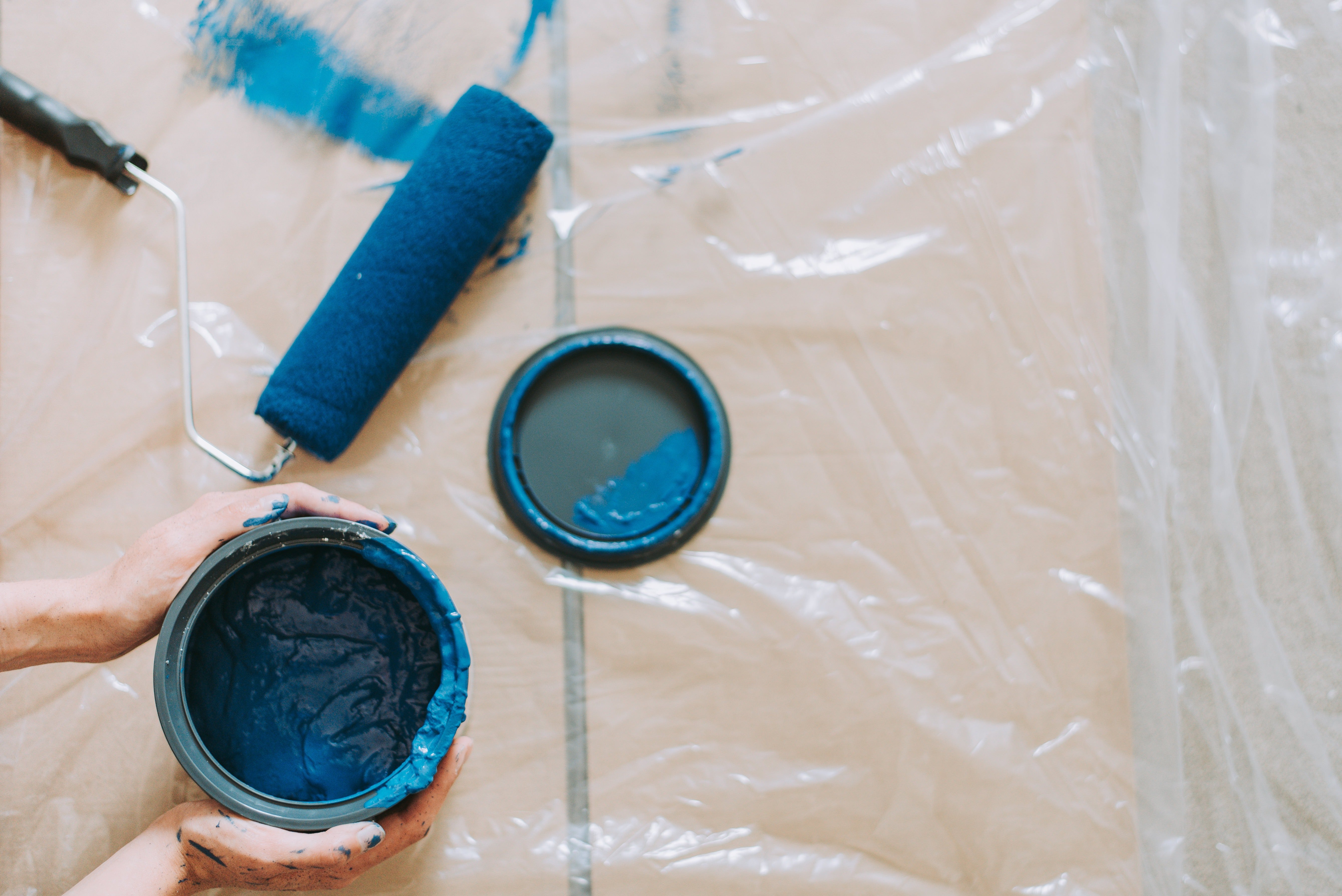6 Hidden Toxins Around Your Home That Can Cause Cancer

Your ‘new-home’ smell can be emitting cancer-causing chemicals.
You might not think twice before lighting a candle or using the floor cleaner around your home. We assume these common household goods are safe. However, people are often shocked to learn that many household products are emitting harmful gases that pollute your indoor air. Things such as furniture, paints, and surface coatings can be dangerous to your health due to pollutant chemicals.

These cancer-causing chemicals are known as volatile organic compounds (or VOCs); they are emitted at normal room temperature from thousands of everyday products and materials found in your home. Some can be detected via smell, while others are odorless.
According to the U.S. Environmental Protection Agency, VOC levels are consistently higher indoors than outdoors (up to 10x). Said differently, it’s been established that you’re more likely to be exposed to VOCs and the air quality issues they cause while inside your home.
In this post, we identify six common toxins hidden around your home that can cause cancer and ways to protect yourself against them.
VOCs in Our Homes That Are Making Us Sick
From reduced productivity at the office to a heightened risk for certain cancers, exposure to harmful VOCs can cause both short and long-term health effects. Susceptible groups such as children, the elderly, the chronically ill, and those with respiratory diseases are more likely to suffer from air quality dangers created by VOCs.
Health Problems Caused By VOCs Can Include:
- Eye, nose, and throat irritation
- Allergic skin reaction
- Asthma
- Headaches, loss of coordination, and nausea
- Damage to the liver, kidney, and central nervous system
- Reproductive and developmental toxicity
- Cancer
There are things you can do to mitigate the harmful effects of VOCs. With a few small changes, you can help reduce and remove VOC sources from your home (and work environment). Before we delve into that, let’s identify the top six VOCs around your home that can cause cancer.
6 Cancerous VOCs in Your Home

VOC exposure can cause several adverse health effects and are found in common household products.
- Formaldehyde: A pungent gas often used in building materials, this substance is often found in floor lacquers, paints, adhesives, wall boards, and plastics.
- Ethanol: A colorless liquid that mixes easily with organic compounds, it’s often found in glass cleaners, dishwasher detergents, and laundry detergents.
- Benzene: A flammable liquid with a sweet order, this substance can be found in paint, glue, carpeting, and emissions from gasoline combustion.
- Acetone: A clear organic compound that is commonly found in nail polish remover, furniture polish, and wallpaper.
- Toluene: A clear liquid with a distinct smell, toluene is often found in paint.
- Butanol: A toxin that is commonly found in the emissions from barbecues, burning candles, stoves, and cigarettes.
"VOC levels are consistently higher indoors than outdoors (up to 10x)."
4 Ways to Protect Your Home From Cancer-Causing Toxins
Simple changes can lower your exposure to harmful chemicals found inside your home:
1. Control the Source
Read carefully through ingredients listed on product labels to determine whether it could be a source of pollution in your home. When using carcinogenic goods, make sure to follow label instructions and precautions. You can also control the source of pollutant by storing harmful products away from your immediate environment (like your garage) and by purchasing smaller quantities.
2. Choose Safer Alternatives
Growing awareness of VOC dangers has pushed many companies to offer safer alternative products. These alternatives range from furnishings to paints to common cleaners. The Environmental Working Group, known as the EWG, offers a cleaning supplies guide and database to over 2,500 safer household products.
3. Increase Ventilation
High indoor VOC levels are linked to poor ventilation. One of the quickest (and easiest) ways to reduce VOC levels in your home is to increase ventilation. Something as simple as opening a window or turning on an exhaust fan can help limit your exposure to dangerous VOCs.
4. Use Technology
Technology – like an air purifier and air quality monitor – help protect your home against VOCs.
When it comes to cleaner air, technology is your friend. Tech gadgets can help you increase your pollution-control efforts and delivers peace of mind. For example, using an air purifier with a carbon filter will trap harmful chemical compounds and prevents them from further circulating in the air in your home.

Or, an air quality monitor fitted with a VOC sensor will help you sniff out the harmful chemicals and prompt you to take necessary protective measures.
Learning more about how certain products can affect both your home and your health will put you on the right path to keeping the ones you love safe.


Leave a comment